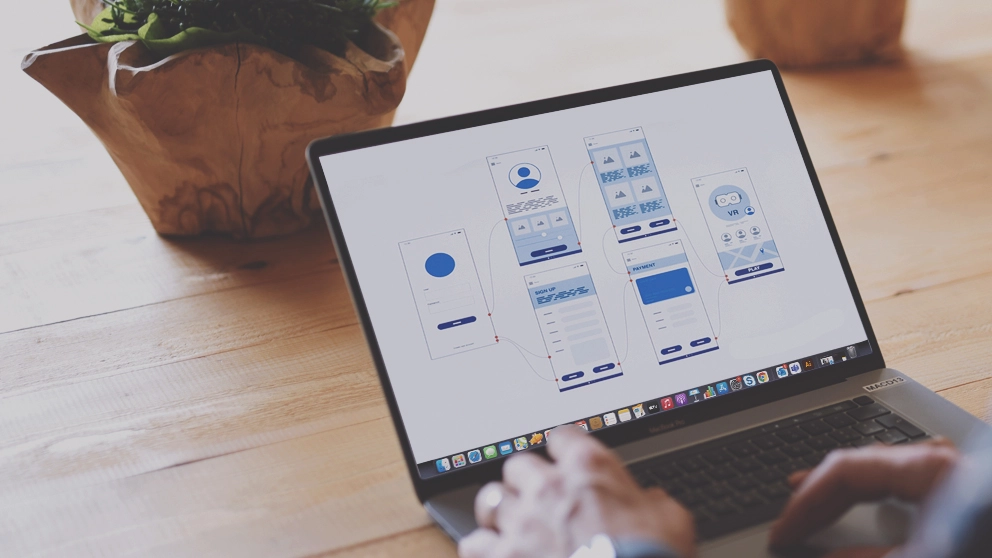Rapid prototyping: project involvement and success in the era of innovation. An exciting journey from ideas to product, thanks to timely feedback and iterative approach.

Rapid prototyping is a development methodology that has proved to be a valuable ally for designers, developers and project teams in various sectors, and above all it is a powerful tool for involving people during the design process.
This innovative approach consists in creating working or partially interactive prototypes of a product or service, providing a tangible and accessible representation to all the people involved.
What is Rapid Prototyping?
Rapid prototyping is a development methodology that aims to create working or partially interactive prototypes of a product or project quickly and efficiently. These prototypes can range from the stage of wireframes or static mockups, to fully interactive simulations, depending on the needs of the project.
Rapid prototyping allows you to visualize the look, structure and functionality of the product at an early stage, making it easier to understand how it works and allowing you to get timely feedback.
At what stage of the project is it recommended to use rapid prototyping?
Rapid prototyping is particularly recommended in the early stages of a project, immediately after the basic requirements have been gathered and understood, and especially before development begins. Once the project goals and specifications are established, rapid prototyping comes into play to translate these requirements into tangible models.
During the conceptual design stage, rapid prototyping allows you to explore different ideas and options, visualizing them quickly and efficiently. This approach allows you to compare and evaluate different solutions at an early stage of the project, reducing the risk of taking an ineffective path.
The importance of involving people in this phase of the project
The involvement of people during the rapid prototyping phase is of fundamental importance for various reasons that concern both the success of the project itself and the satisfaction of user needs. Let’s see in detail the importance of actively involving people during this phase:
- Timely and effective feedback: By involving people, stakeholders and team members from the earliest stages of prototyping, timely and effective feedback can be obtained. This feedback is invaluable for early identification and resolution of problems, errors or unclear aspects, allowing changes to be made quickly and efficiently.
- Understanding people’s needs: Engaging users early in the prototyping process helps your team better understand end-user needs, wants, and expectations. This facilitates the creation of a product or service that truly meets their needs.
- Validation of ideas: by involving people during the prototyping phase, it is possible to test and validate the ideas and proposed solutions. This helps to quickly identify the most promising options and discard the less effective ones, reducing the risk of investing in solutions that may not be useful.
- Iterative approach: Engaging people during rapid prototyping promotes an iterative approach, where the prototype is improved and optimized based on feedback received. This makes the development process more flexible and adaptable, ensuring a final product that is more consistent with user needs.
- Increased emotional engagement: Viewing working or interactive prototypes evokes stronger emotional responses than simple descriptions or written specifications. Engaging people directly allows them to engage with your product or service at an early stage, creating deeper engagement and more detailed feedback.
- Risk reduction: Engaging people through prototyping helps identify and fix potential problems or complications at an early stage of the project. This helps reduce the risks associated with implementing inappropriate or ineffective solutions.
In summary, actively involving people during the rapid prototyping phase is essential for the success of the business and for creating a user-centric product or project. Timely feedback, understanding of user needs, validation of ideas and iterative approach all contribute to improving the effectiveness of the development process and ensuring that the final result is in line with the expectations and needs of the users. users.